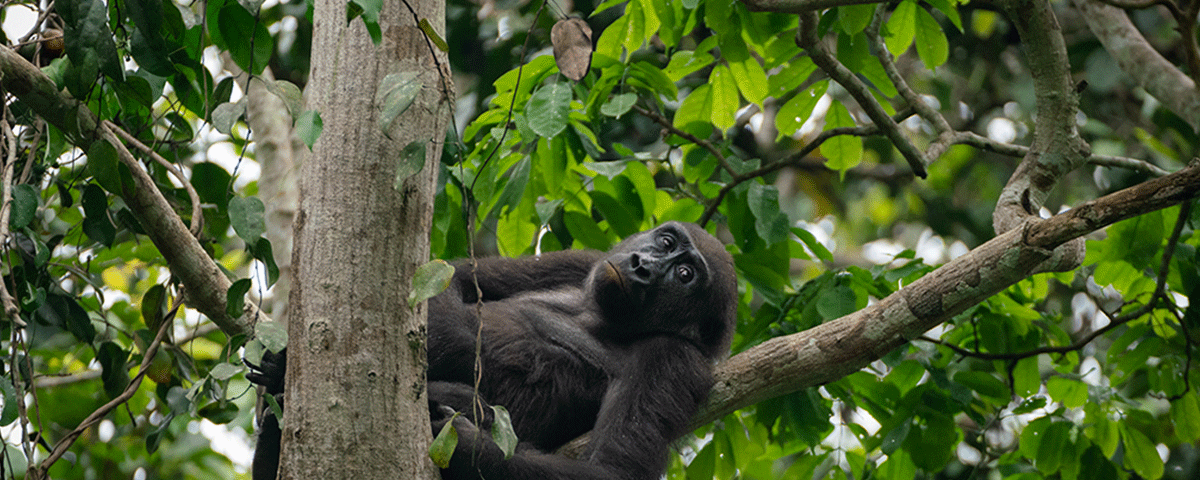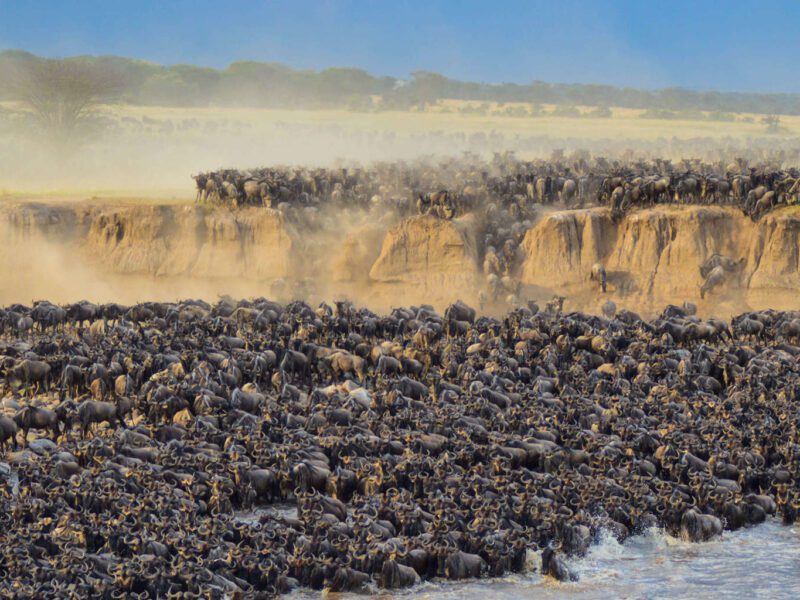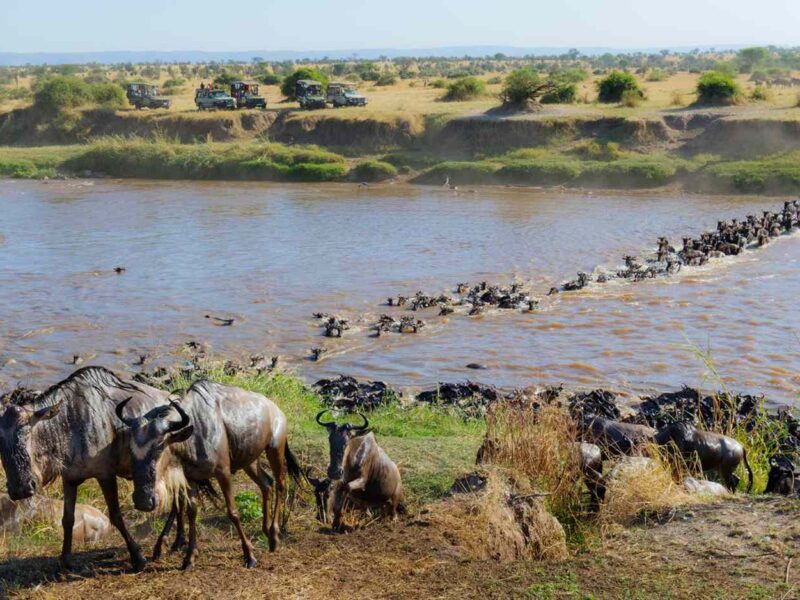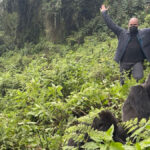
The Safest Country for Gorilla Trekking?
April 5, 2025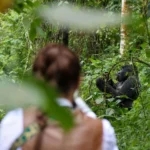
How Safe is Gorilla Trekking in Rwanda?
April 6, 2025How Much Does It Cost to Go Gorilla Trekking in Rwanda?
Gorilla trekking in Rwanda has become one of the world’s most sought-after wildlife experiences. The unique opportunity to see the endangered mountain gorillas in their natural habitat in Volcanoes National Park draws thousands of travelers each year. However, the cost of such an adventure requires careful consideration, as the expenses can quickly add up. From the essential gorilla trekking permits to accommodation, transportation, and other fees, understanding the full cost of the experience is crucial for planning your trip. This comprehensive guide by Ovacado Adventures Ltd. will break down all the costs involved in gorilla trekking in Rwanda.
Gorilla Trekking Permits: The Main Expense
The most significant cost when going gorilla trekking in Rwanda is the gorilla trekking permit. As of 2025, the cost of a single permit is $1,500 per person. This permit grants access to Volcanoes National Park, where the gorilla trekking experience takes place.
While the price may seem high, it’s important to understand what’s included in the permit fee. The $1,500 covers not only the right to trek in the park but also the following:
- Access to the Gorilla Groups: The permit allows you to visit one of the habituated gorilla families, where you’ll have a chance to spend an hour observing them in their natural environment.
- Ranger Guides: Each trek is accompanied by a professional, highly trained ranger guide who ensures your safety, educates you about gorilla behavior, and helps locate the family you’ll visit.
- Conservation Contribution: A significant portion of the permit fee supports conservation efforts in Rwanda, including protecting the mountain gorillas, funding anti-poaching activities, and promoting sustainable tourism.
- Sustainability Initiatives: The cost also contributes to the broader environmental and community programs in Rwanda, supporting the local economy and eco-tourism initiatives that benefit the region.
Given that there are only 96 permits available per day for trekking, it is essential to secure your permit in advance, especially during peak seasons when demand is high.
Accommodation Costs: Options to Suit Every Budget
The next significant cost to consider is accommodation. Volcanoes National Park, located in the northwest of Rwanda, is near the towns of Musanze and Ruhengeri, which offer a variety of accommodation options to suit different budgets.
- Budget Accommodation: Budget travelers can find basic guesthouses and hostels in the area, with prices starting at $50 to $100 per night. These accommodations usually offer simple amenities and meals, providing a comfortable place to rest after a day of trekking.
- Mid-Range Accommodation: Mid-range lodges and hotels, which typically cost between $150 to $300 per night, offer better amenities and more comfort, such as private rooms, higher quality meals, and closer proximity to the park entrance. These options are ideal for those looking for a balance between comfort and affordability.
- Luxury Accommodation: For a more luxurious experience, Rwanda offers high-end lodges and resorts in and around Volcanoes National Park. Prices for luxury lodges range from $500 to $1,500+ per night. These accommodations offer top-tier services, including all-inclusive packages, gourmet dining, spa treatments, and private tours.
Your choice of accommodation will depend on your preferences and budget, but remember that a comfortable and relaxing place to stay can make a significant difference in your overall experience.
Transportation: Costs of Getting to Volcanoes National Park
Getting to Volcanoes National Park from Kigali, Rwanda’s capital, is another important cost to factor into your budget. The park is located approximately 2.5 to 3 hours from Kigali by road, and travelers typically rely on either private transfers or shared transport.
- Private Transfers: The most convenient and comfortable way to get to Volcanoes National Park is by hiring a private vehicle. The cost of a private transfer generally ranges from $100 to $200 per vehicle, depending on the type of vehicle and the number of people in your group. This option offers flexibility and convenience, especially for those traveling in a group or with a tight schedule.
- Shared Shuttle Services: If you’re looking to save on transportation costs, shared shuttle services are available. These typically cost around $30 to $50 per person for a one-way trip. While less private, this is a more affordable option for solo travelers or those on a budget.
In addition to the cost of getting to Volcanoes National Park, you should also consider the transportation costs during your stay, such as any additional trips you may take within the region for activities like the Dian Fossey hike or golden monkey trekking.
Additional Costs: Porters, Guides, and Other Activities
Beyond the primary costs of the permit, accommodation, and transportation, there are additional expenses that may enhance your trekking experience.
- Porters: Hiring a porter is a great way to make your trek more comfortable, especially if you’re carrying heavy gear or personal items. Porters typically charge $15 to $25 per day. Not only does this make the trek easier, but it also supports the local community.
- Additional Guides: For those interested in a more personalized experience or additional insights, hiring an extra guide can be arranged. This can cost between $50 to $100 per day, depending on the type of guide and the specific needs of the trek.
- Other Activities: Volcanoes National Park offers several other activities that you might want to include in your itinerary. These activities are optional and come with additional fees:
- Golden Monkey Trekking: For around $100 per person, you can trek with Rwanda’s endangered golden monkeys.
- Dian Fossey’s Tomb Visit: Visiting the famous researcher Dian Fossey’s tomb costs approximately $75 to $100 per person.
- Mount Bisoke Hike: A hike to Mount Bisoke, one of the park’s active volcanoes, typically costs around $75 to $100 per person.
These activities provide additional opportunities to experience the beauty of the region and learn more about Rwanda’s wildlife conservation efforts.
Best Time to Go Gorilla Trekking: Seasonal Variations in Costs
The cost of your trip can also be affected by the time of year you choose to visit. Rwanda experiences two distinct seasons: the wet season and the dry season.
- High Season (Dry Season): The dry season, from June to September and December to February, is the most popular time to trek. The trails are less muddy, and the weather is generally more favorable. During this period, the demand for permits and accommodations is higher, so you can expect higher prices for both.
- Low Season (Wet Season): The wet season, from March to May and October to November, sees fewer tourists, and you may find lower prices on accommodations and other services. However, the trails can be muddy, and there is a higher chance of rain. For budget-conscious travelers, this is an ideal time to find better deals, although it requires preparation for more challenging trekking conditions.
Conclusion: Is It Worth the Cost?
Gorilla trekking in Rwanda is undoubtedly a premium experience, but it offers incredible value in terms of the opportunity to observe one of the world’s most endangered species in its natural habitat. The high cost is a reflection of the exceptional nature of the experience, the conservation efforts it supports, and the positive impact it has on local communities.
At Ovacado Adventures Ltd., we are committed to helping you plan your dream gorilla trekking experience, tailored to your budget and preferences. Whether you’re looking for an affordable adventure or a luxury safari, we provide a range of options to ensure you have an unforgettable experience.
Ready to embark on your gorilla trekking adventure in Rwanda? Contact Ovacado Adventures Ltd. today to begin your journey!


